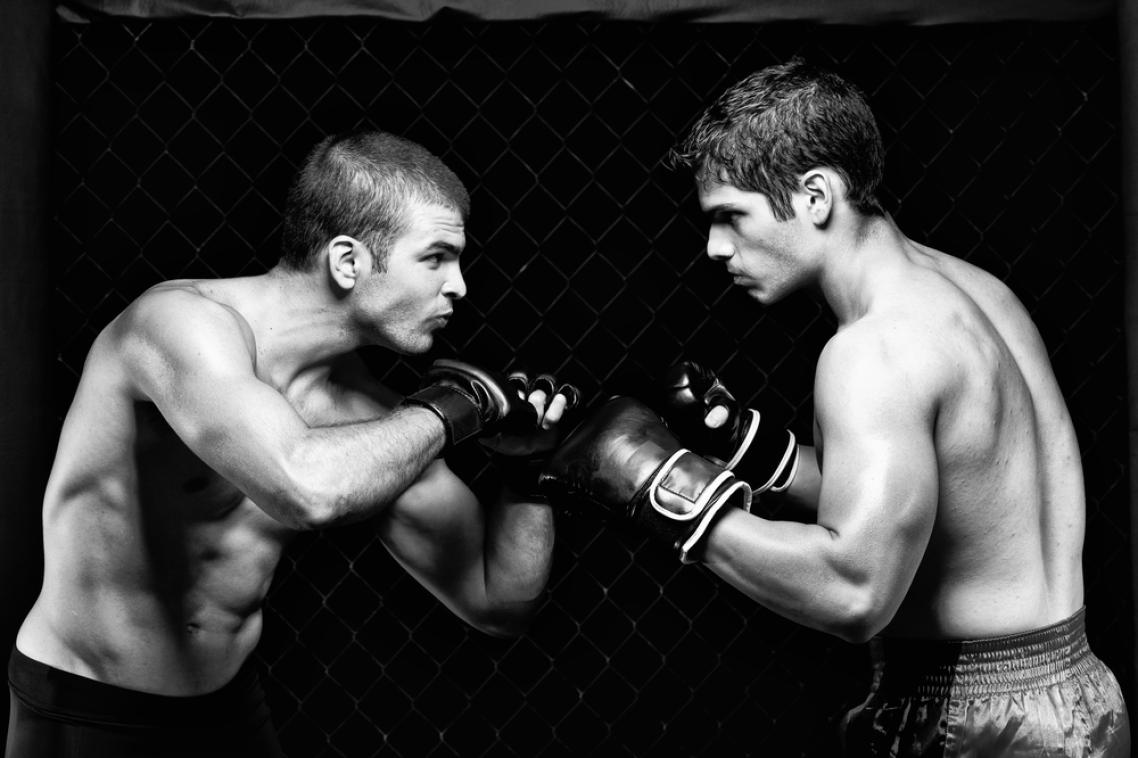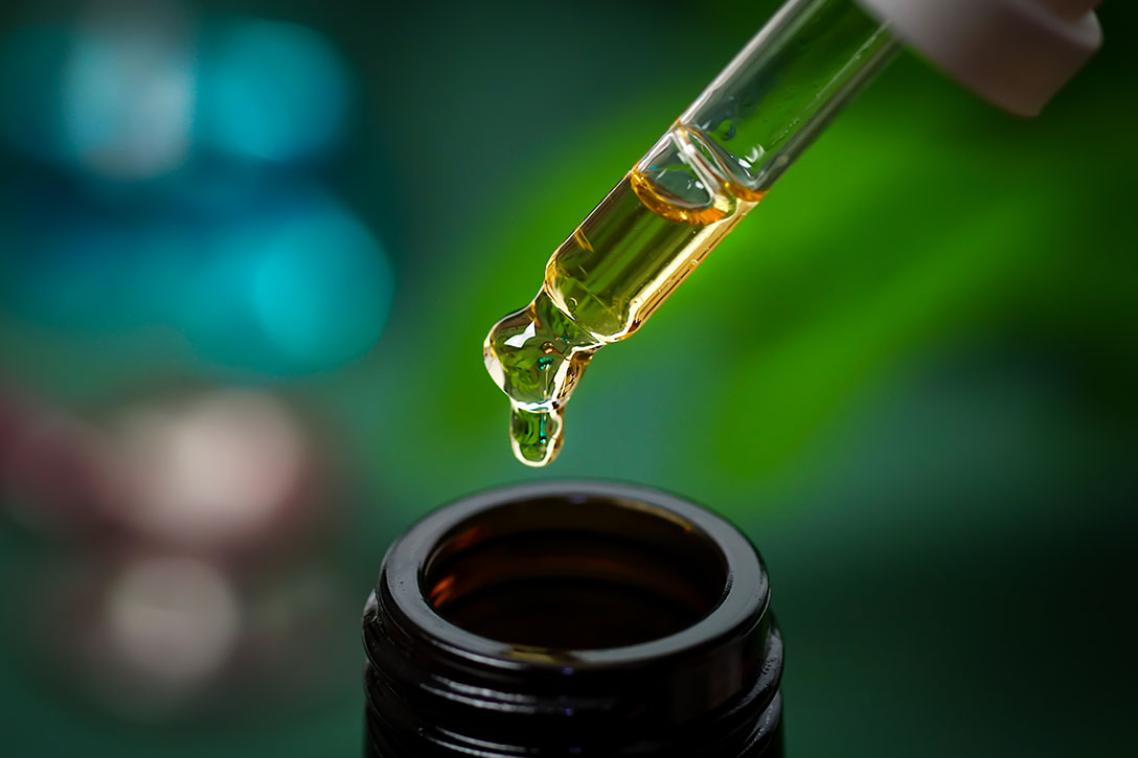Pounding out the numbers in martial arts study

When it comes to the punch, can you rely on an Aussie, a Canadian or an American?
University of Queensland PhD candidate Lachlan James will be able to provide an answer upon completion of his School of Human Movement and Nutrition Sciences research.
Mr James is measuring the strength, power and endurance capabilities of mixed martial arts (MMA) athletes across two hemispheres to determine what separates professionals from amateurs.
“It’s free testing that is open to all fighters throughout South East Queensland with a documented professional or amateur MMA record,” Mr James said.
“We can show participants immediately how they stack up against the fighters we have tested so far in North America, and identify strengths and weaknesses as a result.
“Despite the massive popularity of the sport at the moment, there has been very little research in the field for such a physiologically complex activity.”
Born in Brisbane, but a resident of Canada for the past decade, Mr James has been a long-time MMA enthusiast and recreational Brazilian Jiu-Jitsu practitioner.
He said UQ was a prime location to further his research, with Queensland’s popular rugby codes meaning there was an abundance of athletes with the physical traits to adapt to MMA.
“The intriguing thing with MMA is that combination of high-end strength and power with high-end anaerobic and aerobic output,” Mr James said.
“That’s what makes them such physical specimens.
“And we’re finding with testing that everyone loves to see how they rank against fighters from the other side of the world.
“They are highly competitive people by nature.”
The 90-minute sessions test maximal power through weighted and unweighted exercises and maximal strength through dynamic lower-and upper-body activities.
A whole-body isometric strength test is also conducted.
The second part of the study measures anaerobic and endurance capabilities through various sprint activities and a high-intensity shuttle run.
Participants can elect to do all testing exercises or just complete the strength and power, or anaerobic and endurance activities.
Those wishing to join the study can contact Mr James on 0424 411 682 or l.james1@uq.edu.au.
Media: Lachlan James +61 0424 411 682, l.james1@uq.edu.au ; UQ Communications Robert Burgin +617 3346 3035, +61 0448 410 364, r.burgin@uq.edu.au.
Topics
Related articles

Staying physically active cuts risk of early death by 40 per cent

Medicinal cannabis is big business. But the latest clampdown won’t curb unsafe prescribing
Media contact
UQ Communications
communications@uq.edu.au
+61 429 056 139
